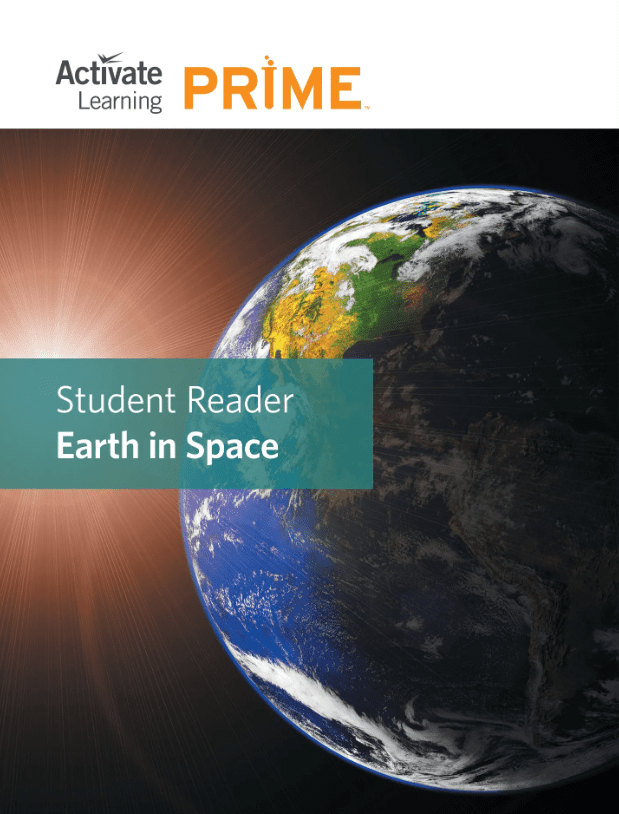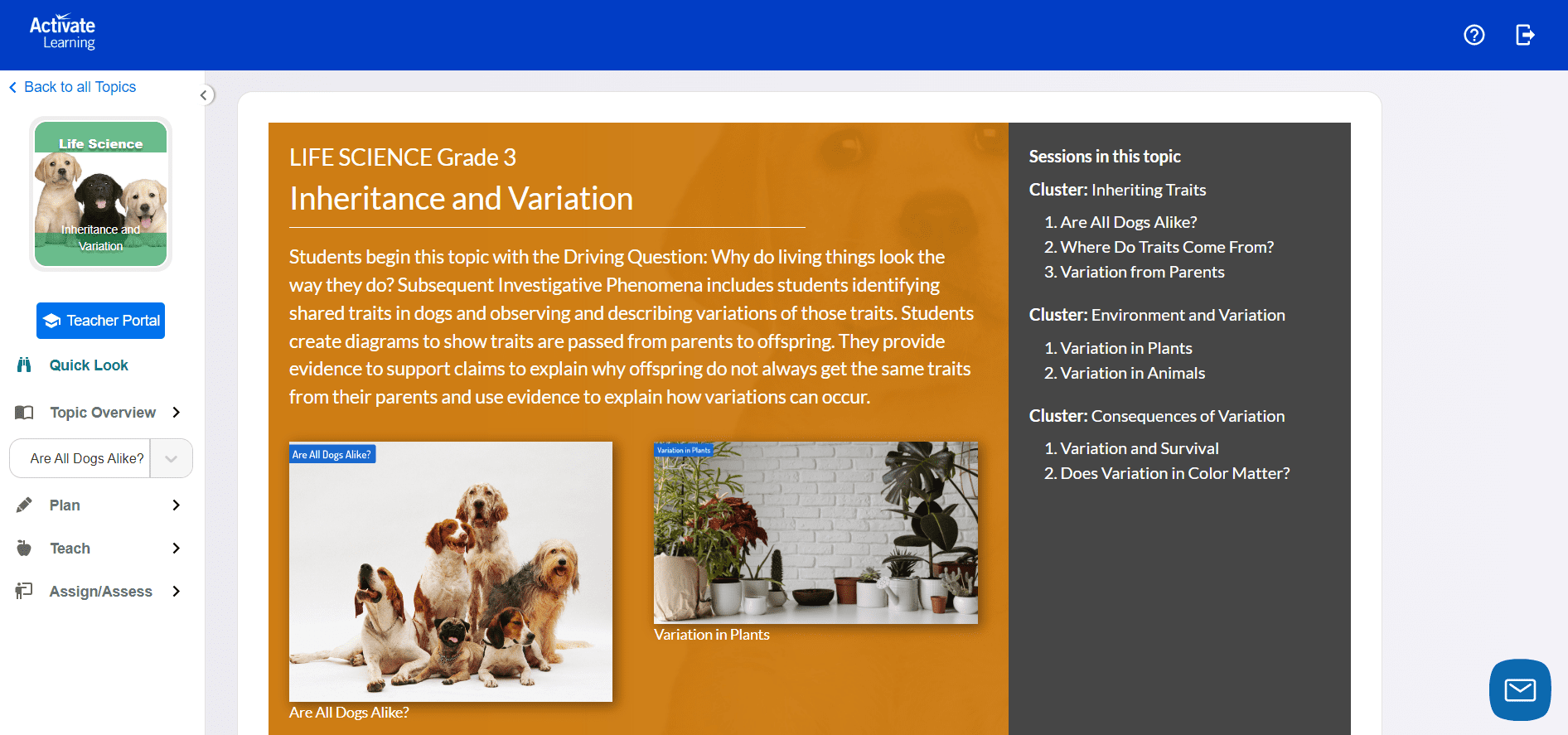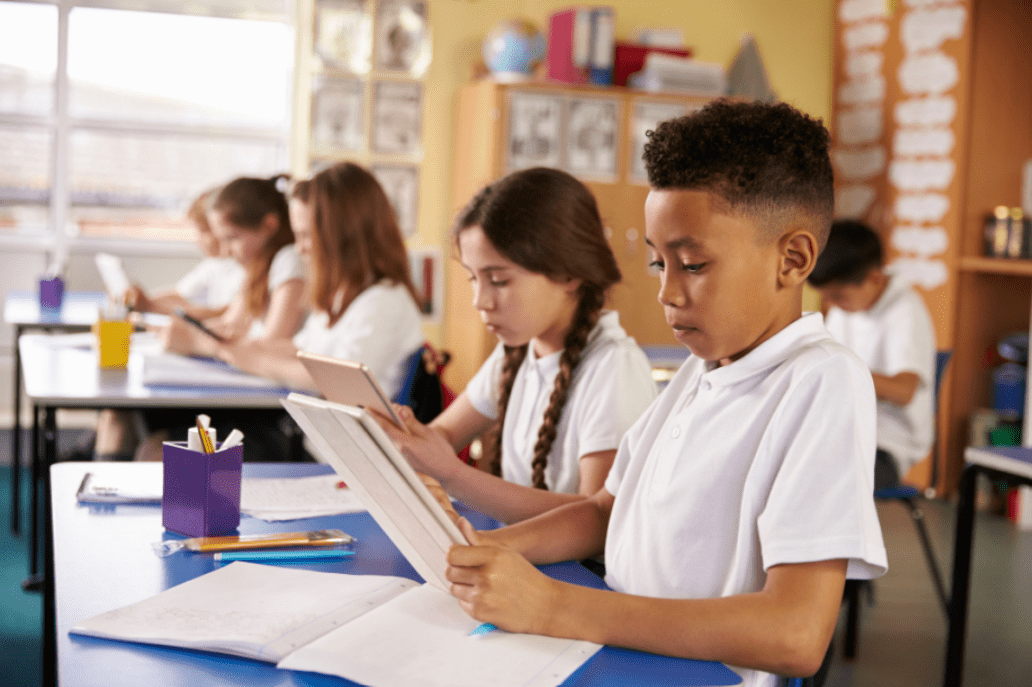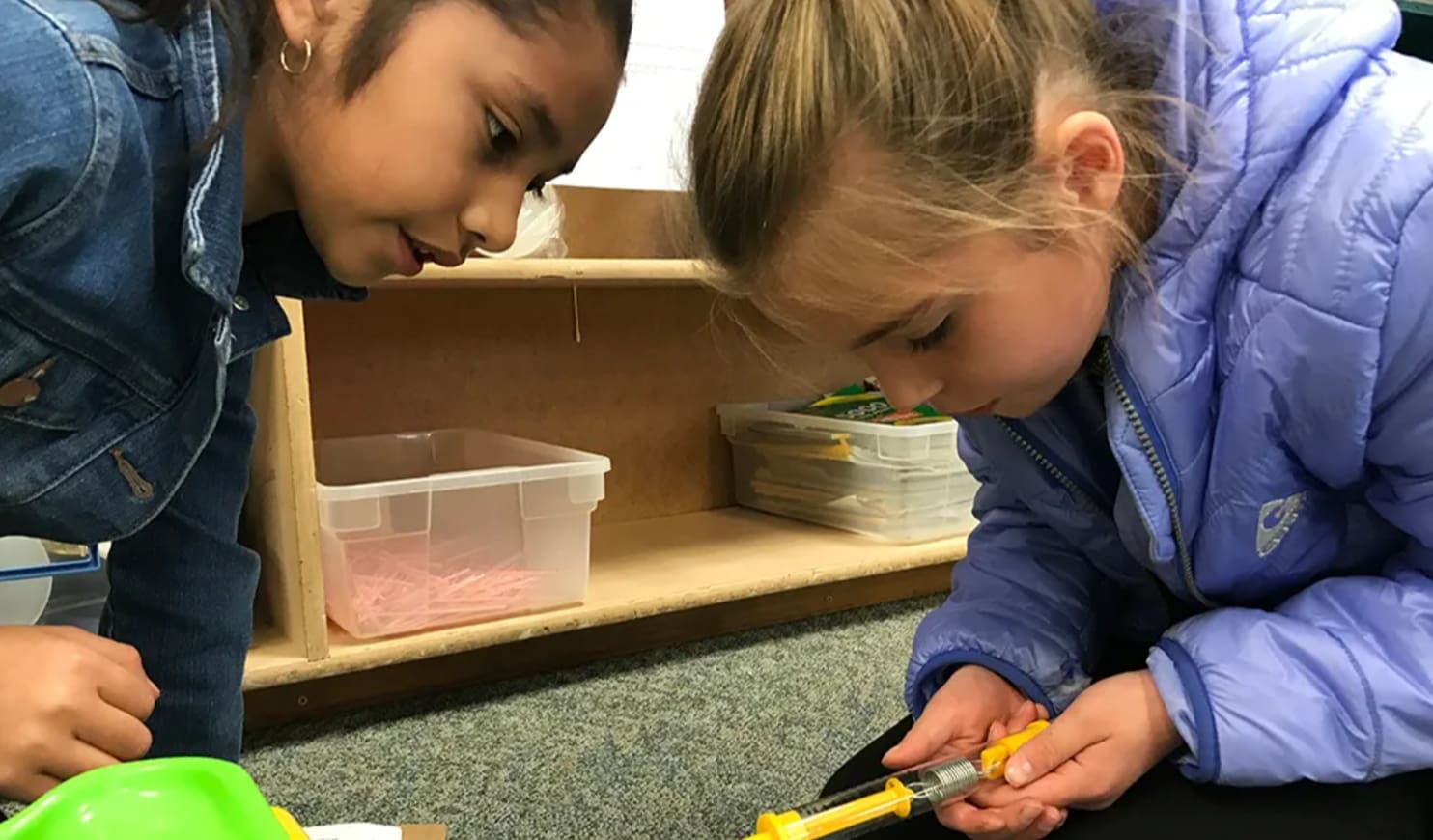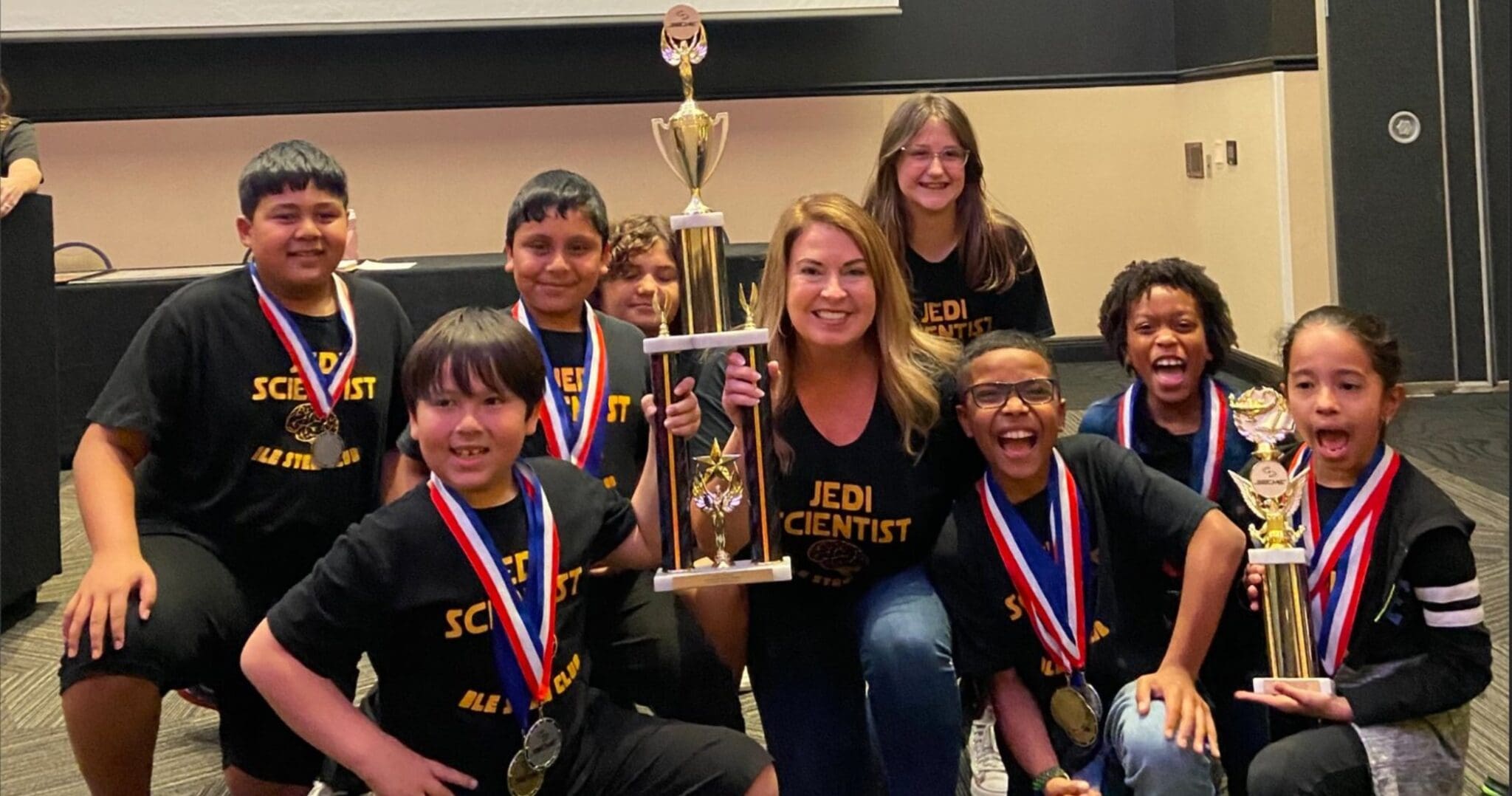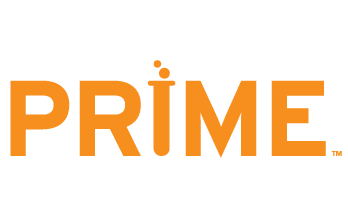
Activate Learning PRIME® Elementary Science
The Activate Learning PRIME elementary science curriculum provides the needed support to teachers to engage children in learning science by doing science. Students also read, write, and talk about science. PRIME promotes fundamental science concepts while incorporating core learning goals in English Language Arts standards.
PRIME was thoughtfully developed to address known challenges to teaching science in elementary classrooms, so that teachers AND students have a successful experience with science in the elementary classroom.
Available as a package or for individual purchase
Digital
On the Activate Learning Digital Platform
Kits
Materials & Supplies
Professional Learning
Phenomena-Based
Inquiry Approach
The PRIME elementary science program focuses on developing discourse and critical thinking skills alongside disciplinary content knowledge.
Students Learn Like Scientists and Engineers
PRIME utilizes science and engineering practices to help students make sense of engaging hands-on explorations.
Total Support
for Teachers
In person and online teacher support, educational webinars, lesson modeling, and much more is provided by our Professional Learning Team to help teachers AND students succeed.
Need more info to decide if this the right curriculum for your district or school?
Curriculum Details
The goals of the Activate Learning PRIME elementary science program are to preserve the curiosity and open mindedness that children bring to their environment and to link hands-on explorations in the real world with accurate science content through thinking, reflection, and discussion.
-
Students Learn Science by Doing Science
Students ask questions, explore materials, share and refine ideas, solve problems, and, ultimately, use critical thinking to make informed decisions.
-
Total Support for Teachers
PRIME Teacher Edition includes lesson plans, discussion questions, differentiation strategies, and background information for each unit, providing comprehensive support for busy classroom teachers.
-
NGSS Alignment
Download the program brochure to view the detailed NGSS alignment for the Activate Learning PRIME elementary science curriculum.
Intentional Design for Elementary Classroom Teachers
The Activate Learning PRIME elementary science curriculum was thoughtfully developed to address known challenges to teaching science in elementary classrooms, including:
1) limited science background and content knowledge of many teachers
2) minimal time for and focus on science in elementary schools
3) usability challenges inherent in a hands-on science environment
Activate Learning PRIME provides the needed support to teachers to engage children in learning science by doing science. The program’s science inquiry activities provide a real-world context for mathematics and language skill development, resulting in more confidence and higher achievement.
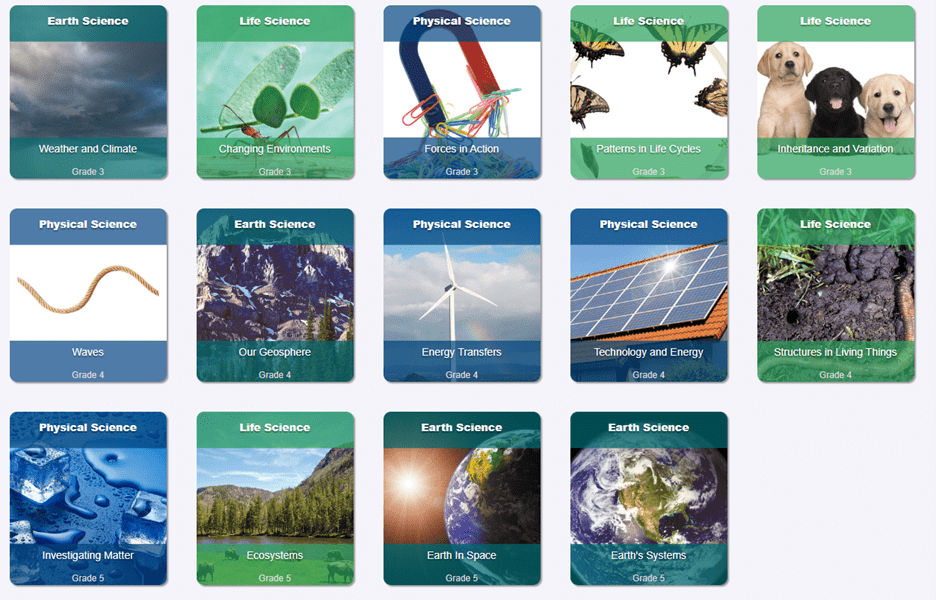
Elementary Science Topics
The PRIME elementary science curriculum includes 23 modular units to provide maximum flexibility, allowing districts to develop a sequence that best meets their unique needs.
Below are some example units aligned to Next Generation Science Standards by grade level. Download the program brochure to view the full list of units available in the Activate Learning PRIME elementary science program.
Elementary Science Curriculum with a Strong Literacy Focus
With the PRIME elementary science curriculum, students are not only actively doing science, but they are also reading, writing, and talking about science. PRIME promotes understanding fundamental science concepts while incorporating core learning goals in English Language Arts standards.
Science Readers
Activate Learning PRIME provides over 375 supplemental readings, incorporating at least ten readings per topic to support expository or informational text instruction and science content vocabulary development. PRIME readings include text features such as headings that can help readers locate and organize information in the text, and numbered paragraphs which allow students to quickly locate and direct others to those places where they have found relevant information.
Reading science books helps students grow their scientific vocabulary, acquire knowledge of scientific concepts, and enhance critical thinking abilities. Engaging in reading fosters language development, comprehension skills, and effective communication, which are fundamental aspects of literacy. PRIME also provides a list of high-interest and nationally recognized trade books that align with the topic to support ELA in the classroom and promote independent reading. Printable vocabulary cards are also provided to help with Word Wall construction for the identified scientific terms.
Science Notebooks
Science notebooks, whether in print or digital form, are essential in the PRIME elementary science program. They allow students to document their observations, thoughts, and data using pictures, words, and math skills. Mathematics connections are seamlessly integrated into PRIME lessons to link science topics with relevant mathematical skills. Furthermore, mathematics extensions are included at the end of many lessons, allowing for flexible implementation with individuals, small groups, or the whole class during and outside regular school hours.
Digital Platform
The Activate Learning Digital Platform (ALDP) hosts the interactive digital edition of the Activate Learning PRIME elementary science teacher and student curriculum materials.
The platform is designed for student accessibility and inclusion and offers embedded translation for over 130 languages, text-to-speech with read-along highlighting in 35 languages, and sentence starters to support writing.
Featuring an intuitive user experience, teachers have everything they need to Plan, Teach, Assign, and Assess lessons in a platform that is integrated with leading SIS rostering and Learning Management Systems such as Google Classroom, Schoology, and Canvas.
PRIME® Elementary Science Developers & Contributors
A product of UChicago STEM Education, Activate Learning PRIME elementary science is the result of a rigorous iterative development process by an author team comprised of both content and classroom specialists, and is designed to be educative for elementary school teachers, as well as for students.
Activate Learning PRIME was thoughtfully developed to address known challenges to teaching science in elementary classrooms. PRIME includes built-in support for teachers so that students AND teachers can feel successful with science.
Penny Atcheson, Belinda Basca, Colleen Bell, Diane Bell, Lance Campbell, Kerry Lee Cook, Annie Holdren, Cindy Buchenroth-Martin, Lauren Satterly, Debbie Leslie, David Sherman, Martha Sullivan, Susan Taddei, and Patrick Taylor Editors Laura Lee Bennett, Rachel Burke Cusack, Wanda Gayle, and David Sherman

